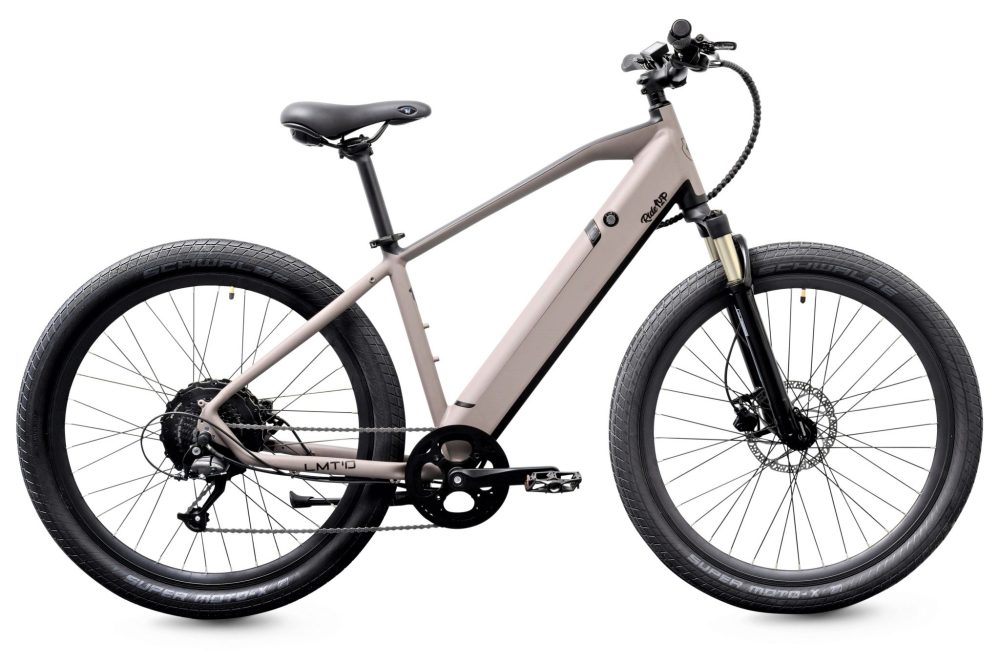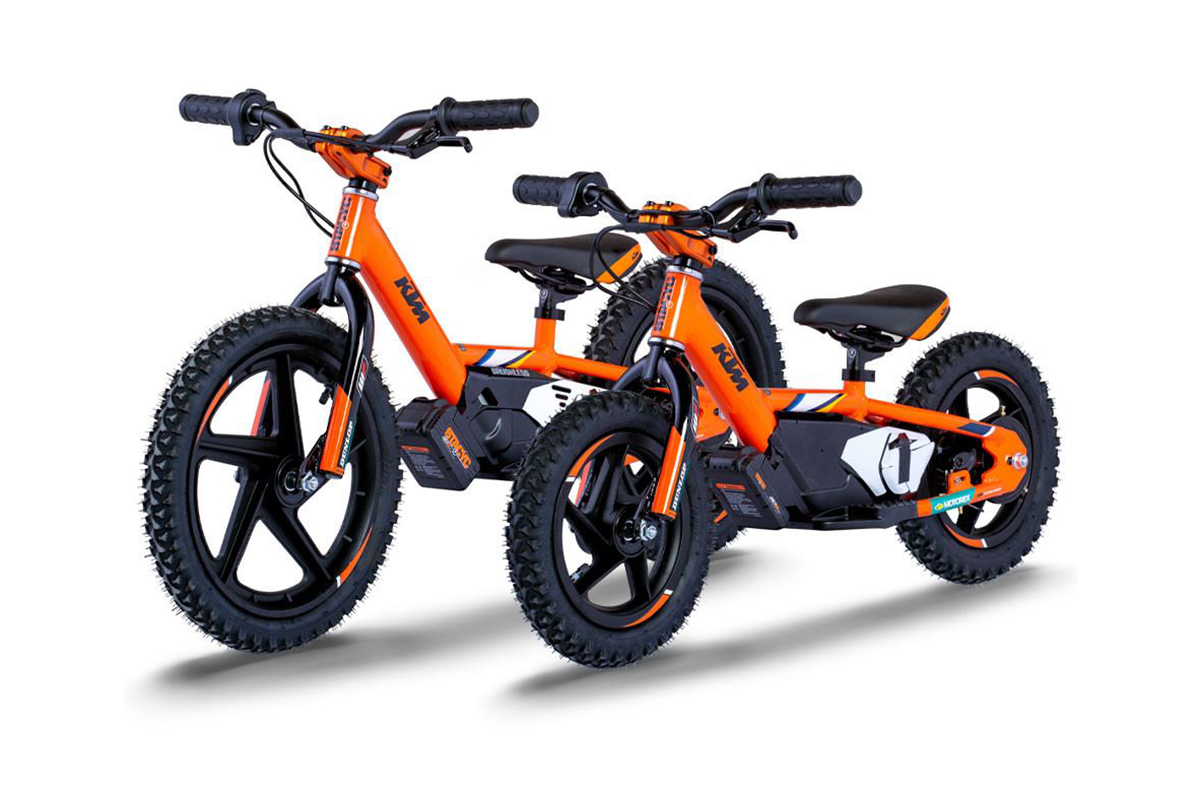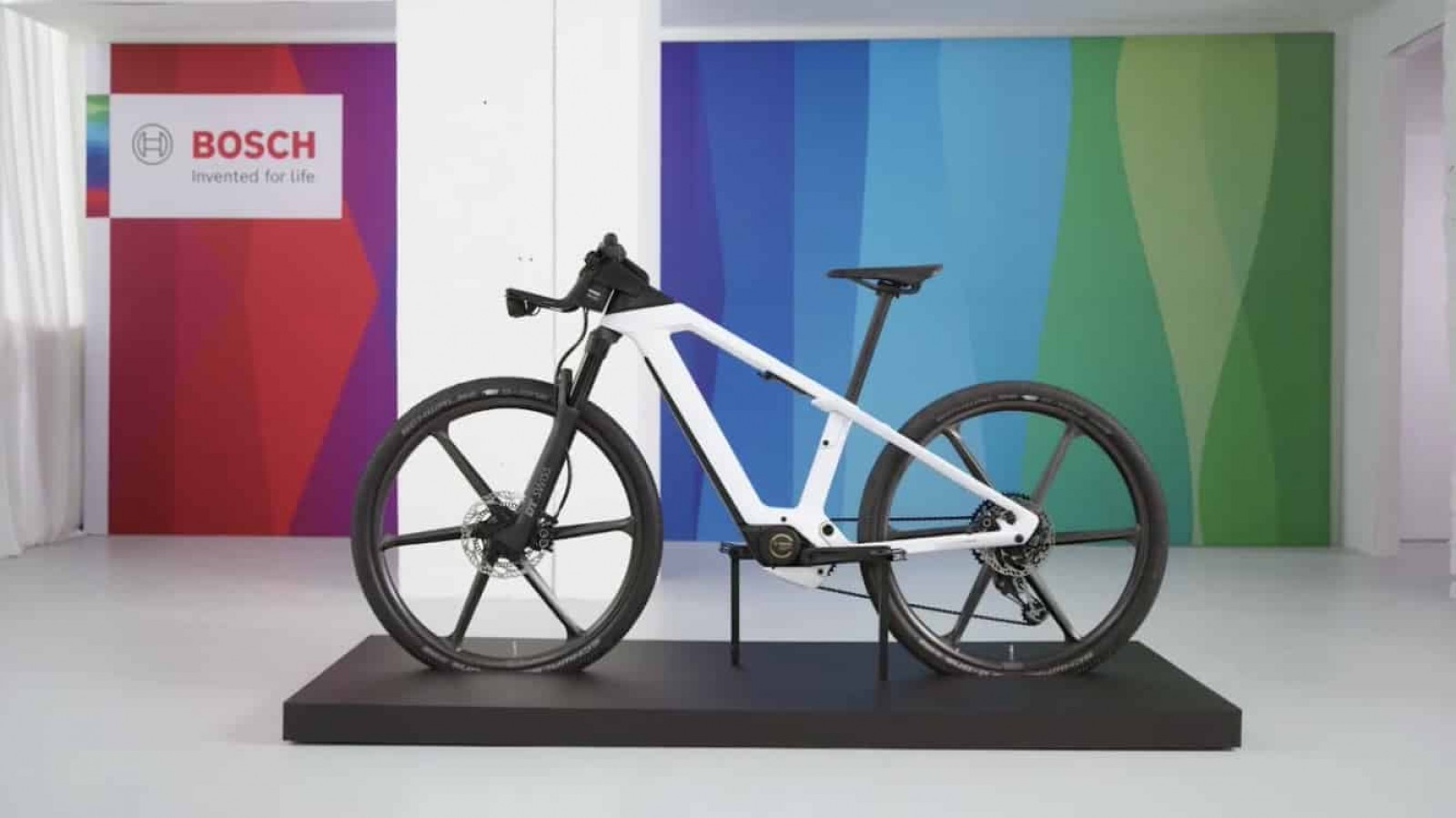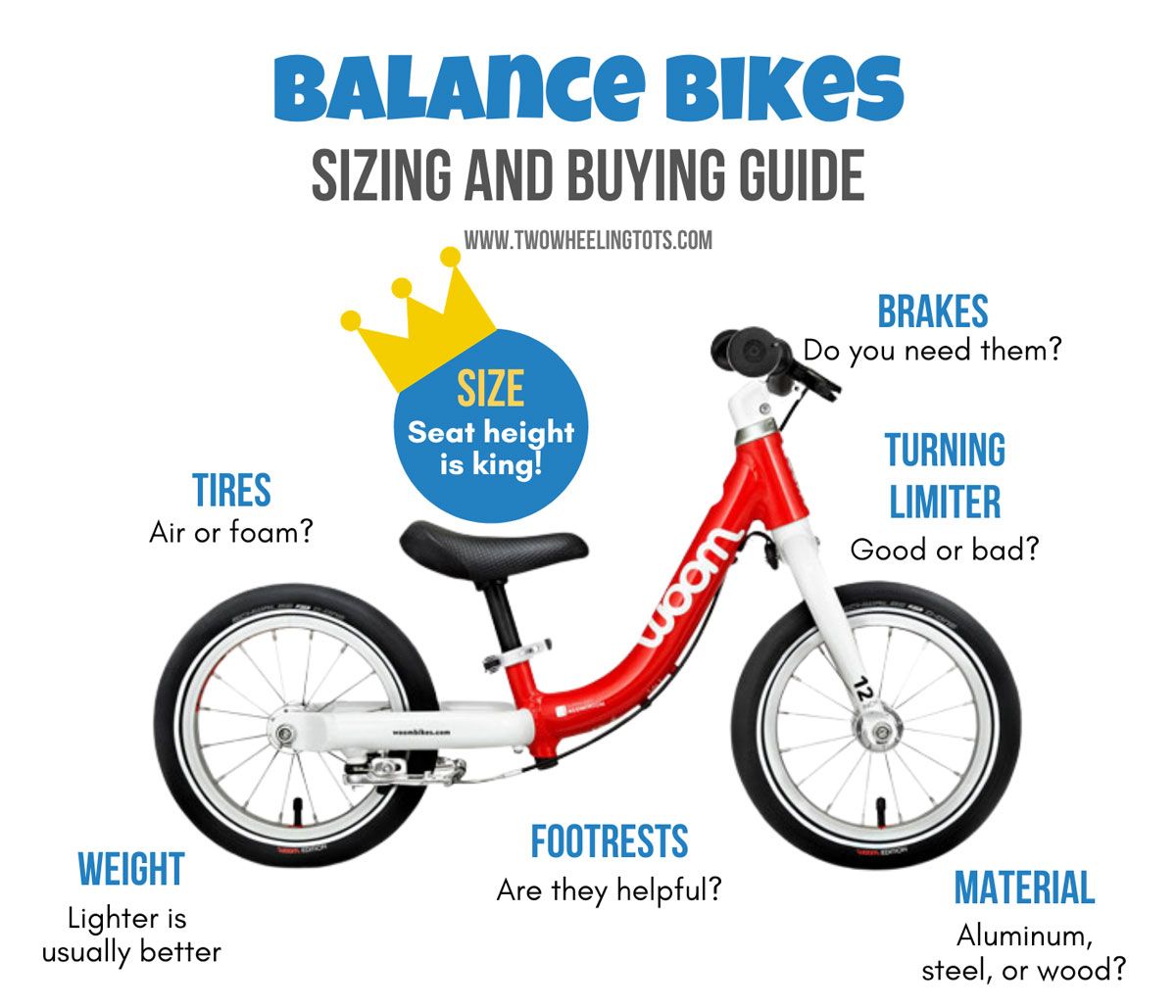What are Self-Balanced E-Bikes?
Self-balanced e-bikes, also known as self-balancing electric bikes or self-balancing scooters, are a type of personal transportation device that utilizes advanced technology to maintain balance and stability. Unlike traditional e-bikes, self-balanced e-bikes do not require the user to pedal or steer, making them more accessible and user-friendly.
The self-balancing technology used in these e-bikes relies on sensors and gyroscopes that detect the user’s movements and adjust the motor and wheels accordingly. This allows the e-bike to maintain its balance and move in the direction the user wants it to go.
Self-balanced e-bikes offer several benefits over traditional e-bikes and other forms of transportation. They are easier to use, especially for those who are new to biking or have mobility issues. They are also more compact and portable, making them ideal for urban environments where space is limited.
Moreover, self-balanced e-bikes are eco-friendly and can help reduce traffic congestion and air pollution. They are also a great option for short-distance travel, such as commuting to work or running errands.
As technology continues to advance, we can expect to see more innovations and improvements in self-balanced e-bikes. From advanced sensors and AI-powered navigation to smart connectivity and customizable features, self-balanced e-bikes have the potential to transform the way we commute and travel.
Top Self-Balanced E-Bikes in the Market
Self-balanced e-bikes have gained popularity in recent years due to their convenience, ease of use, and eco-friendliness. Here are some of the top self-balanced e-bikes available in the market:
Segway Ninebot S-Plus: The Ninebot S-Plus is a popular self-balanced e-bike that can reach speeds of up to 12.5 mph and has a range of up to 22 miles. It features a durable design, adjustable speed modes, and a mobile app for remote control.
InMotion V11: The InMotion V11 is a high-performance self-balanced e-bike that can reach speeds of up to 20 mph and has a range of up to 40 miles. It features a sleek design, advanced sensors, and a built-in LED light system.
Gotway MSX Pro: The Gotway MSX Pro is a versatile self-balanced e-bike that can be used for both short and long-distance travel. It features a powerful motor, adjustable pedals, and a comfortable seat for a smooth ride.
KingSong KS-16S: The KingSong KS-16S is a durable self-balanced e-bike that can reach speeds of up to 25 mph and has a range of up to 50 miles. It features a sturdy frame, adjustable suspension, and a built-in Bluetooth speaker.
Ninebot One S2: The Ninebot One S2 is a compact self-balanced e-bike that is perfect for urban commuting. It can reach speeds of up to 10 mph and has a range of up to 15 miles. It features a lightweight design, customizable LED lights, and a mobile app for remote control.
When choosing a self-balanced e-bike, it is essential to consider factors such as battery life, range, speed, weight, and portability. It is also important to read user reviews and compare prices to ensure that you are getting the best value for your money. With the right self-balanced e-bike, you can enjoy a convenient, eco-friendly, and enjoyable mode of transportation.
How to Choose the Right Self-Balanced E-Bike
Self-balanced e-bikes are becoming increasingly popular as a convenient and eco-friendly mode of transportation. However, with so many options available in the market, choosing the right one can be overwhelming. Here are some factors to consider when selecting a self-balanced e-bike:
Battery Life: The battery life of a self-balanced e-bike is an essential factor to consider. Look for a model with a long-lasting battery that can support your daily commuting needs. A battery that can last for at least a few hours of continuous use is ideal.
Range: The range of a self-balanced e-bike refers to the distance it can travel on a single charge. Consider your daily commuting distance and choose a model with a range that meets your needs. A self-balanced e-bike with a range of at least 10-15 miles is recommended for urban commuting.
Speed: The speed of a self-balanced e-bike is another crucial factor to consider. Look for a model that can reach a top speed of at least 10-12 mph. This speed is ideal for urban commuting and can help you navigate traffic with ease.
Weight and Portability: Consider the weight and portability of the self-balanced e-bike. Look for a model that is lightweight and easy to carry, especially if you plan to use it for public transportation or storage.
Price: Self-balanced e-bikes come in various price ranges, so it’s essential to choose one that fits your budget. While more expensive models may offer more features and better performance, there are also budget-friendly options available that offer excellent value for money.
User Reviews: Read user reviews and check the ratings of different self-balanced e-bike models. Look for models with positive reviews and high ratings, as this can indicate a good level of quality and performance.
Brand Reputation: Consider the brand reputation of the self-balanced e-bike. Look for brands that are known for their quality and reliability, as this can help ensure that you are getting a good-quality product.
By considering these factors, you can choose the right self-balanced e-bike that meets your needs and preferences. With the right e-bike, you can enjoy a convenient, eco-friendly, and enjoyable mode of transportation that can help reduce traffic congestion and air pollution in urban areas.
The Benefits of Using Self-Balanced E-Bikes
Self-balanced e-bikes offer numerous benefits over traditional e-bikes and other modes of transportation. Here are some of the advantages of using self-balanced e-bikes:
Reduced Physical Effort: Self-balanced e-bikes require minimal physical effort to operate, making them an excellent option for people with mobility issues or those who want to avoid excessive exertion.
Increased Mobility: Self-balanced e-bikes are compact and lightweight, making them easy to maneuver in tight spaces and navigate through crowded streets. They are also portable and can be easily carried or stored when not in use.
Eco-Friendliness: Self-balanced e-bikes are an eco-friendly mode of transportation that produces zero emissions. They are an excellent alternative to cars and other gas-powered vehicles, which contribute to air pollution and climate change.
Cost-Effective: Self-balanced e-bikes are more affordable than cars and other gas-powered vehicles. They also have lower operating costs, as they do not require fuel or regular maintenance.
Fun and Enjoyable: Self-balanced e-bikes offer a unique and enjoyable riding experience. They are a great way to get outside, explore your surroundings, and have fun.
Self-balanced e-bikes have the potential to address transportation challenges in urban areas. They offer a convenient, eco-friendly, and cost-effective mode of transportation that can help reduce traffic congestion and air pollution. By encouraging more people to use self-balanced e-bikes, we can promote sustainable and active transportation and create healthier, more livable cities.
The Future of Self-Balanced E-Bikes: Trends and Innovations
Self-balanced e-bikes are a rapidly evolving technology, and new trends and innovations are emerging all the time. Here are some of the most exciting developments to look out for:
Advanced Sensors: Self-balanced e-bikes are increasingly incorporating advanced sensors that can detect the user’s movements and adjust the bike’s speed and direction accordingly. These sensors can improve the stability and safety of the e-bike, making it easier to ride and maneuver.
AI-Powered Navigation: Some self-balanced e-bikes are now equipped with AI-powered navigation systems that can help users find the best routes and avoid traffic congestion. These systems can also provide real-time traffic updates and suggest alternative routes to save time and energy.
Smart Connectivity: Self-balanced e-bikes are becoming more connected, with features like Bluetooth and Wi-Fi that allow users to connect their smartphones and other devices. This connectivity can enable users to track their rides, monitor their speed and distance, and even play music or answer phone calls while riding.
Foldable Designs: Many self-balanced e-bikes now feature foldable designs that make them easy to store and transport. This feature is particularly useful for urban commuters who need to navigate crowded streets and public transportation systems.
Improved Battery Technology: Self-balanced e-bikes rely on batteries for power, and advances in battery technology are improving the range and performance of these bikes. New battery technologies, such as lithium-ion batteries, are providing longer battery life and faster charging times.
Increased Customization: Self-balanced e-bikes are becoming more customizable, with features like adjustable seats, handlebars, and pedals that allow users to tailor the bike to their individual needs and preferences.
These trends and innovations are transforming the way we commute and travel, making self-balanced e-bikes a more convenient, eco-friendly, and enjoyable mode of transportation. As the technology continues to evolve, we can expect to see even more exciting developments in the world of self-balanced e-bikes.
Self-Balanced E-Bikes vs. Traditional E-Bikes: A Comparison
Self-balanced e-bikes and traditional e-bikes are both popular modes of transportation, but they have some key differences that may make one a better choice than the other depending on individual needs and preferences. Here’s a comparison of the two:
Design and Features: Self-balanced e-bikes have a unique design that allows them to balance and move without the need for pedals or a kickstand. They typically have a platform for the rider to stand on and handlebars to hold onto. Traditional e-bikes, on the other hand, have a more familiar bicycle design with pedals, a seat, and handlebars.
Ease of Use: Self-balanced e-bikes are generally easier to use than traditional e-bikes, especially for those who are new to biking or have mobility issues. They require minimal physical effort to operate and can be a good option for short distances. Traditional e-bikes, while still relatively easy to use, require more physical effort and may be more challenging for some riders.
Speed and Range: Traditional e-bikes typically have a higher top speed and longer range than self-balanced e-bikes. This is because traditional e-bikes have pedals, which can help increase speed and distance. Self-balanced e-bikes, on the other hand, are better suited for short distances and lower speeds.
Portability: Self-balanced e-bikes are generally more portable than traditional e-bikes, as they are lighter and can be folded up for easy storage and transportation. Traditional e-bikes are typically heavier and bulkier, making them more difficult to transport.
Price: Self-balanced e-bikes are generally more expensive than traditional e-bikes, due to their unique design and advanced technology. Traditional e-bikes, while still an investment, are typically more affordable.
When choosing between a self-balanced e-bike and a traditional e-bike, consider your individual needs and preferences. If you’re looking for a convenient and easy-to-use mode of transportation for short distances, a self-balanced e-bike may be a good option. If you’re looking for a faster and longer-range option for longer distances, a traditional e-bike may be a better choice. Ultimately, both types of e-bikes offer a sustainable and active mode of transportation that can help reduce traffic congestion and air pollution.
Self-Balanced E-Bike Safety and Maintenance Tips
Self-balanced e-bikes offer a convenient and eco-friendly mode of transportation, but it’s important to prioritize safety and maintenance to ensure their longevity and performance. Here are some tips for self-balanced e-bike users:
Wear Protective Gear: Always wear a helmet and other protective gear, such as knee and elbow pads, when riding a self-balanced e-bike. This can help protect you in case of a fall or accident.
Check Tire Pressure: Before each ride, check the tire pressure to ensure that it’s at the recommended level. Proper tire pressure can help improve the stability and performance of the e-bike.
Charge the Battery Properly: Follow the manufacturer’s instructions for charging the battery properly. Avoid overcharging or deep discharging the battery, as this can reduce its lifespan.
Store the E-Bike Properly: Store the self-balanced e-bike in a dry and secure location when not in use. Avoid exposing it to extreme temperatures or moisture, as this can damage the battery and other components.
Regular Maintenance: Regular maintenance is essential for the longevity and performance of a self-balanced e-bike. This includes cleaning and lubricating the chain, adjusting the brakes, and checking the tires for wear and tear.
Follow Traffic Laws: Always follow traffic laws and regulations when riding a self-balanced e-bike. This includes yielding to pedestrians, using bike lanes when available, and signaling turns.
Be Aware of Your Surroundings: Stay alert and aware of your surroundings when riding a self-balanced e-bike. Avoid distractions, such as using your phone or listening to loud music, which can increase the risk of accidents.
By following these safety and maintenance tips, you can help ensure the longevity and performance of your self-balanced e-bike, and enjoy a safe and enjoyable riding experience.
Conclusion: The Potential of Self-Balanced E-Bikes
Self-balanced e-bikes represent a promising development in personal transportation, offering a unique combination of convenience, eco-friendliness, and accessibility. With their self-balancing technology, these e-bikes are easier to ride and more stable than traditional e-bikes, making them a great option for people of all ages and abilities.
As more and more people turn to e-bikes as a mode of transportation, self-balanced e-bikes are poised to become a popular choice. With their advanced features, such as AI-powered navigation and smart connectivity, self-balanced e-bikes have the potential to transform the way we commute and travel.
When choosing a self-balanced e-bike, it’s important to consider factors such as battery life, range, speed, weight, and portability. By selecting a self-balanced e-bike that meets your individual needs and preferences, you can enjoy a convenient and enjoyable mode of transportation that can help reduce traffic congestion and air pollution.
It’s also important to prioritize safety and maintenance when using a self-balanced e-bike. Always wear protective gear, check tire pressure, and charge the battery properly. Regular maintenance is essential for the longevity and performance of the e-bike.
In conclusion, self-balanced e-bikes offer a viable and sustainable mode of transportation that can help address transportation challenges in urban areas. By promoting active and eco-friendly transportation, self-balanced e-bikes can play a key role in reducing traffic congestion and air pollution, and improving the quality of life in our cities.







